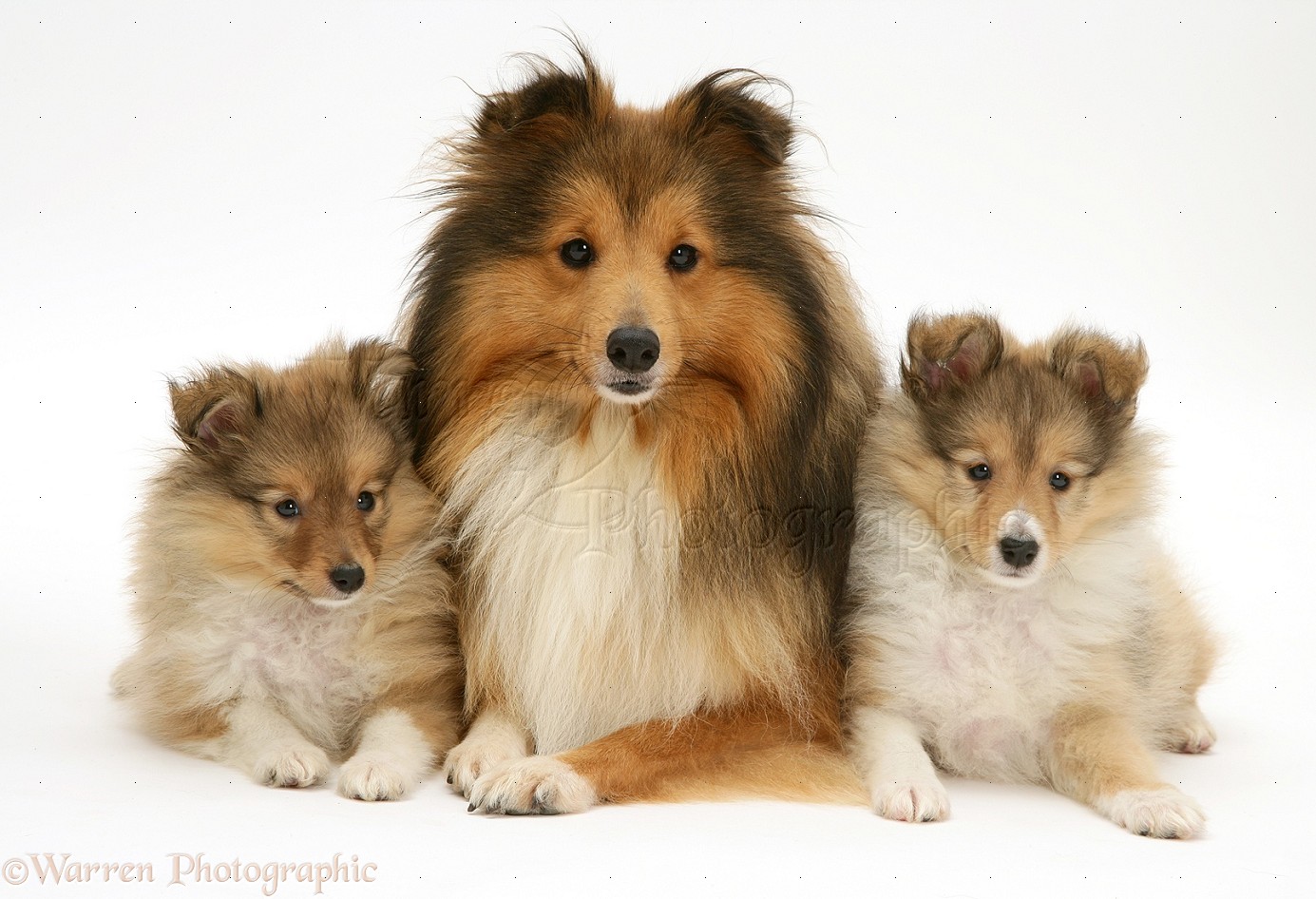
Proud and animated, the Shetland Sheepdog is a swift, light-footed runner and an agile, graceful jumper. Though on the small side, this breed has the heritage of an active herding dog and needs more exercise than many other smallish dogs.
More importantly, Shelties need “mental exercise.” These bright dogs cannot just sit in the backyard and do nothing. To be happy and well-behaved, they require mental stimulation such as advanced obedience, agility, herding, or challenging games you play with them, even if it’s just fetching balls and finding hidden toys.
Exceptionally attentive and responsive, Shetland Sheepdogs are easy to train if you have a calm voice and a light hand on the leash. Sensitivity is one of the hallmarks of this breed. Often they need only verbal corrections, and they wilt or become defensive if you jerk them around. Praise, gentle guidance, and food rewards are the way to go with Shelties.
These dogs have quick reflexes, which can make them overly reactive to loud noises and sudden touches. Indeed, quite a few individuals are highstrung, startle easily, and do not do well in an environment with frequent tension, loud voices, or too much rough-housing. They can be overwhelmed by the herky-jerky mannerisms of small children.
Most Shelties have a soft, sweet temperament. They’re peaceful with other animals and polite with everyone, though typically reserved and sometimes timid with strangers. To build a confident temperament, the Shetland Sheepdog needs more extensive socialization than many other breeds.
Shelties become unhappy when left for long periods of time without companionship, and unhappiness can translate to neurotic behaviors, destructive chewing, or chronic barking. The major behavioral issue with Shelties, in fact, is excessive barking, and some individuals have high-pitched, piercing voices.